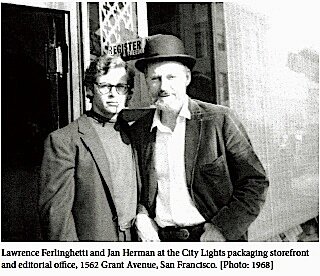It only seems fitting that on architect Frank Gehry’s birthday I share with you writing that I recently published in the book The Politics of Spatial Transgression in the Arts (2021), edited by Gregory Blair and Noa Bronstein. The book chapter grew out of a research project that I completed as an Eadington Fellow at the Institute of Gaming Research at the University of Nevada, Las Vegas in 2019. In short, I had become intrigued while on vacation in Las Vegas with the intensification of hotel architecture and resort design and, in particular, with the high visibility of contemporary art. From Jeff Koons, to Banksy, to Damien Hirst, works of art market darlings were increasingly on public display in hotels and casinos, and I could not help but wonder… why?
The questions I ended up exploring in this chapter touch on how, and to what ends, the rebranding of Vegas via art has capitalized on current art world conditions where space, affect, embodiment, and relational aesthetics take a central focus in art production and exhibition. The connective tissue between this project and the kind of work I did in my Ph.D. dissertation— exploring identity formation and technologies of seeing in the art and architecture of late 19th century Budapest— is spatial and set around the compelling role that architecture, in tandem with visual art, plays in constructions of identity, consumerism, and “value.” I am very proud of this work and hope that this case study helps contribute in a broader way to conversations taking place in the art world today around these same ideas.
I invite you to read it below (click on the image of my paper below to be taken to a PDF of the paper) and note that I attempted to write the chapter with an accessibility for a wide audience, and also for those, like me, who have always been fascinated and intrigued by Las Vegas.
I am very proud to be part of this important book that allowed me to take an idea I had been working on across a number of fields—namely architecture, spatial theory, and the business of art. Being able to travel to Las Vegas and take up a fellowship to pursue this project was just icing on the cake!
A few more things before the round up
If like me, you find Las Vegas to be as much an idea as it is a city, I recommend you look at the classic work Learning From Las Vegas, now almost 50 years old and authored by architectural historians and postmodern critics Robert Venturi, Denise Scott Brown, and Steven Izenour. It is the definitive text arguing for the relevance and importance of Vegas’s built environment, and is also the book that inspired the title of my paper!
Now that we are midway through the academic semester, many of you may be finding the need to eliminate distractions and reduce the wasted screen time that is inevitable during our homebound pandemic existence. If you use Google Chrome as your browser, I recommend this list of Chrome extensions summarized in a recent Mashable article that I have suggested to a few of my students who are looking for ways to boost their productivity.









Banksy-style NFTs have sold for $900,000—but are they the real deal and does it even matter?
A French Appeals Court Has Found Jeff Koons Guilty of Copyright Infringement Again
Lawrence Ferlinghetti Dies at 101: His Pictures of a Gone World Remain
Most People Can’t Tell the Difference Between Art Made by Humans and by AI
Ed Ruscha | Featuring Flea, Missy Mazzoli, Vernon Reid, and Eddie Ruscha (VIDEO)




